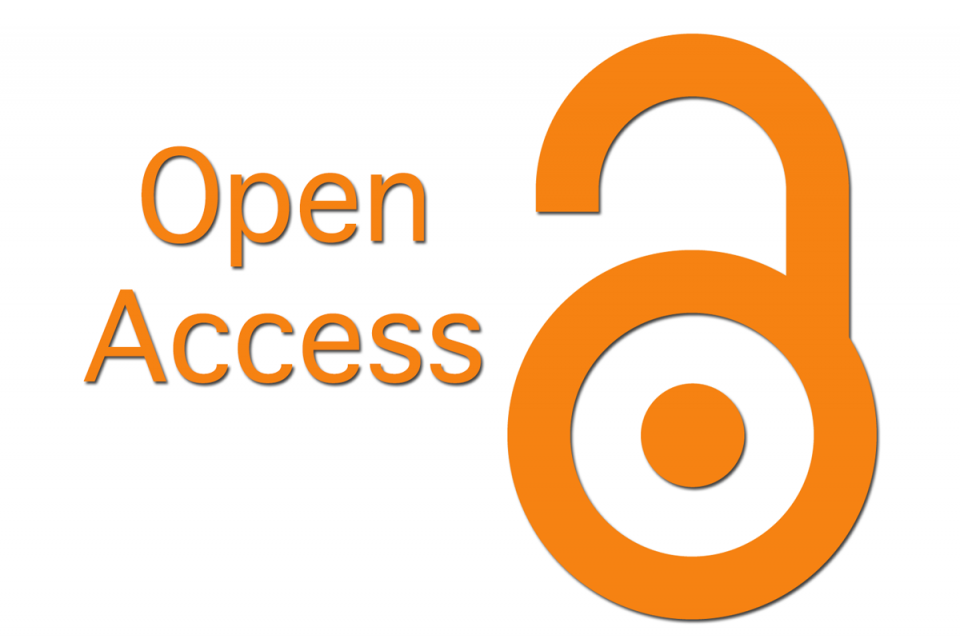Exploring Issues and Challenges Faced by Patients and Family Care Givers Regarding Readiness for Hospital Discharge. A qualitative Study.
DOI:
https://doi.org/10.48047/HM.10.1.2024.235-246Keywords:
Discharge readiness, tertiary care, nurses' role, discharge planning, qualitative study.Abstract
Introduction: Patients and family care givers must be well-prepared for hospital discharge, yet difficulties still exist in Pakistan's tertiary healthcare settings. In order to find gaps and improve preparation, this study looks into the problems influencing discharge preparedness.
Objective: The objective of this study is to explore issues and challenges faced by Patients and family care givers regarding readiness for hospital discharge:
Methodology: A descriptive qualitative phenomenology study was conducted at Ayub Teaching Hospital, Abbottabad prevailing over a period of six months, using a purposive sample of 30 participants including patients and family care givers. Data from in-depth interviews were thematically analyzed.
Results: A total of 30 participants were included in the study. Most of the participants were male (66.66%). After thematic analysis, 78 codes were identified. The codes were organized to extract 16 categories and the categories were arranged in four different themes such as “Lack of Facilitation”, “Lack of Involvement in Decision-Making process”, “Communication and Information Gaps”, and “Organizational factors hindering discharge planning”.
Conclusion
The discharge planning process is complex and challenging, with obstacles including time constraints, lack of standardized protocols, and inadequate patient involvement. These challenges can lead to gaps in patient understanding and adherence to post-discharge care, ultimately affecting transition outcomes. Implementing a patient-centered approach with formalized discharge plans and collaborative decision-making can improve patient preparation, nurse effectiveness, and transition outcomes.
Downloads
References
.Mabire C, Bachnick S, Ausserhofer D, Simon M, Group MRS. Patient readiness for hospital discharge and its relationship to discharge preparation and structural factors: A cross-sectional study. International journal of nursing studies. 2019;90:13-20.
Buszko K, Kosobucka A, Michalski P, Pietrzykowski Ł, Jurek A, Wawrzyniak M, et al. The readiness for hospital discharge of patients after acute myocardial infarction: a new self-reported questionnaire. Medical Research Journal. 2017;21:20-8.
Galvin E. Caregiver readiness for hospital discharge of an older adult. 2020.
Kaewwimol P, Ruchiwit M, Liaw J-J. Effects of a continuity of care program for parents with preterm infants on parental performances, parental readiness, and service utilization rates post discharge: Thammasat University; 2021.
Kamalanathan NA. A systematic Knowledge Management model for planning the discharge of hospital patients: Staffordshire University; 2015.
Mitchell ML. Family outcomes following patient transfer from Intensive Care: an educational intervention: Queensland University of Technology; 2003.
Boge RM. Measuring discharge care quality in hospitalised elderly: Development and validation of an instrument based on patients’ experiences. 2020.
Devin CL, Linden AF, Sagalow E, Reichard KW, Vinocur CD, Miller JM, et al. Standardized pathway for feeding tube placement reduces unnecessary surgery and improves value of care. Journal of pediatric surgery. 2020;556:1013-
Ganefianty A, Songwathana P, Damkliang J, Imron A, Latour JM. A Mobile Health Transitional Care Intervention Delivered by Nurses Improves Postdischarge Outcomes of Caregivers of Patients with Traumatic Brain Injury: A Randomized Controlled Trial. World Neurosurgery. 2024;184:191-201.
Simmons SW, Hajirnis A. Setting and monitoring treatment goals and discharge criteria. Handbook of evidence-based inpatient mental health programs for children and adolescents. 2024:185-92.
Harcourt BJ, Bowen A, Brown RJ. Informal caregiving following stroke: a qualitative exploration of carer self-identification, care-related language and support experiences. medRxiv. 2024:2024.10. 07.24315049.
Amakama NJ. Design and Implementation of an Interoperable Solution of a Mobile Field Hospital Dedicated to the Oil and Gas Industry: IMT-MINES ALES-IMT-Mines Alès Ecole Mines-Télécom; 2024.
Iqbal M, Syukriadi S, Roslina R, Riza S. Factors Related to the Implementation of Discharge Planning by Nurses in the Inpatient Ward of BLUD RSUD Meuraxa, Banda Aceh City. Journal of Midwifery and Nursing. 2024;62:539-46.
Liu H, Wang Z, Hu J, Xu Q, Yang L, Jian W. Measuring the continuing care needs of inpatients in rural China. BMC Health Services Research. 2024;241:308.
Songwathana P, Ganefianty A, Damkliang J, Imron A, Latour JM. An m-health transitional care intervention delivered by nurses improves post-discharged outcomes of caregivers of patients with traumatic brain injury: A randomized controlled trial. 2024.
The Joint Commission. (2019). Hospital: 2020 national patient safety goals. Retrieved from <(link unavailable) goals-final.pdf>
Barnsteiner, J. H., & Disch, J. M. (2012). Improving transitions of care: A case study of a quality improvement initiative. Journal of Nursing Administration, 42(10), 453-458.
Moore, C., & Wisniewski, A. (2015). Interprofessional care transitions: An integrative review. Journal of Interprofessional Care, 29(3), 261-268.
Bull, M. J., & Hansen, H. E. (2017). Discharge readiness: An integrative review. Journal of Clinical Nursing, 26(11-12), 1529-1538.
Shepperd, S., & McClaran, J. (2017). Discharge planning: An evidence-based review. Journal of Hospital Medicine, 12(7), 541-547.
O'Leary, K. J., & Sehgal, N. L. (2017). Improving communication during transitions of care. Journal of Hospital Medicine, 12(7), 548-553.
Kind, A. J., & Smith, M. A. (2017). The impact of hospital discharge on patients and caregivers. Journal of General Internal Medicine, 32(9), 1053-1058.
Arbaje, A. I., & Wolff, J. L. (2016). Transitional care: A review of the literature. Journal of Gerontology: Medical Sciences, 71(9), 1211-1218.
Kripalani, S., & Jackson, A. T. (2016). Improving transitions of care: Insights from the Society of Hospital Medicine's 2015 annual meeting. Journal of Hospital Medicine, 11(10), 731-735
Hesselink, G., & Schoonhoven, L. (2017). Improving patient discharge: A systematic review of interventions. Journal of Clinical Nursing, 26(11-12), 1539-1548.
Forster, A. J., & Murff, H. J. (2017). The effects of hospital discharge on patients and caregivers: A systematic review. Journal of General Internal Medicine, 32(9), 1059-1066.
Misky, G. J., & O'Malley, C. P. (2017). Transitional care: A review of the literature and implications for practice. Journal of Clinical Nursing, 26(11-12), 1549-1558.
Gheno J, Weis AH. Care transtion in hospital discharge for adult patients: integrative literature
review. Texto & Contexto-Enfermagem. 2021 Sep 3;30:e20210030.
Butler J, Petrie MC, Bains M, Bawtinheimer T, Code J, Levitch T, Malvolti E, Monteleone P,Stevens P, Vafeiadou J, Lam CS. Challenges and opportunities for increasing patient involvementin heart failure self-care programs and self-care in the post–hospital discharge period. ResearchInvolvement and Engagement. 2023 Apr 13;9(1):23.
Brajcich BC, Shallcross ML, Johnson JK, Joung RH, Iroz CB, Holl JL, Bilimoria KY, Merkow RP.Barriers to post-discharge monitoring and patient-clinician communication: a qualitative study.Journal of Surgical Research. 2021 Dec 1;268:1-8.
Downloads
Published
Issue
Section
License

This work is licensed under a Creative Commons Attribution 4.0 International License.
You are free to:
- Share — copy and redistribute the material in any medium or format for any purpose, even commercially.
- Adapt — remix, transform, and build upon the material for any purpose, even commercially.
- The licensor cannot revoke these freedoms as long as you follow the license terms.
Under the following terms:
- Attribution — You must give appropriate credit , provide a link to the license, and indicate if changes were made . You may do so in any reasonable manner, but not in any way that suggests the licensor endorses you or your use.
- No additional restrictions — You may not apply legal terms or technological measures that legally restrict others from doing anything the license permits.
Notices:
You do not have to comply with the license for elements of the material in the public domain or where your use is permitted by an applicable exception or limitation .
No warranties are given. The license may not give you all of the permissions necessary for your intended use. For example, other rights such as publicity, privacy, or moral rights may limit how you use the material.







